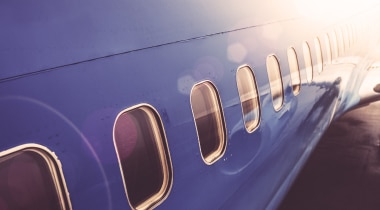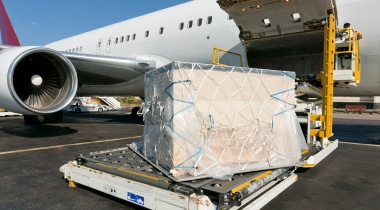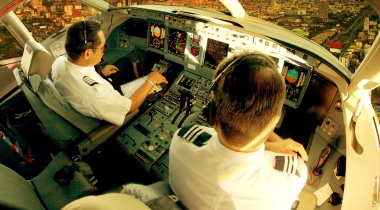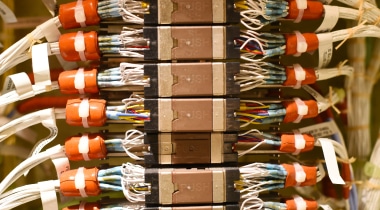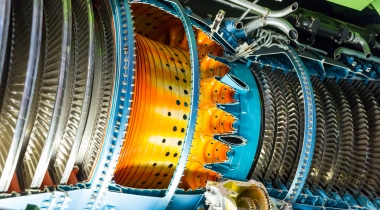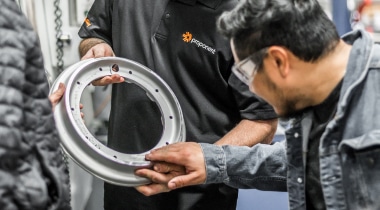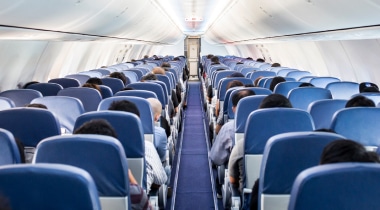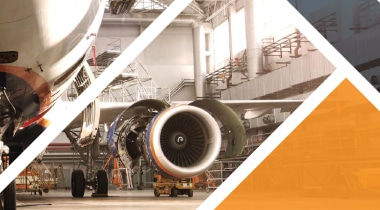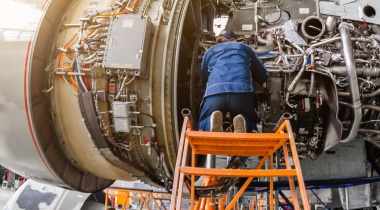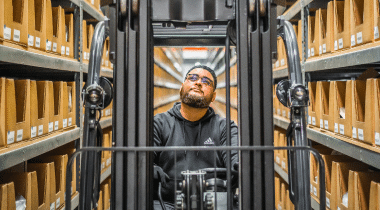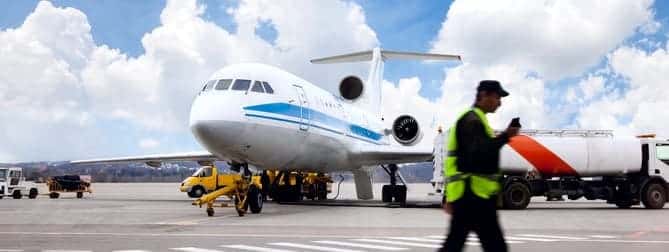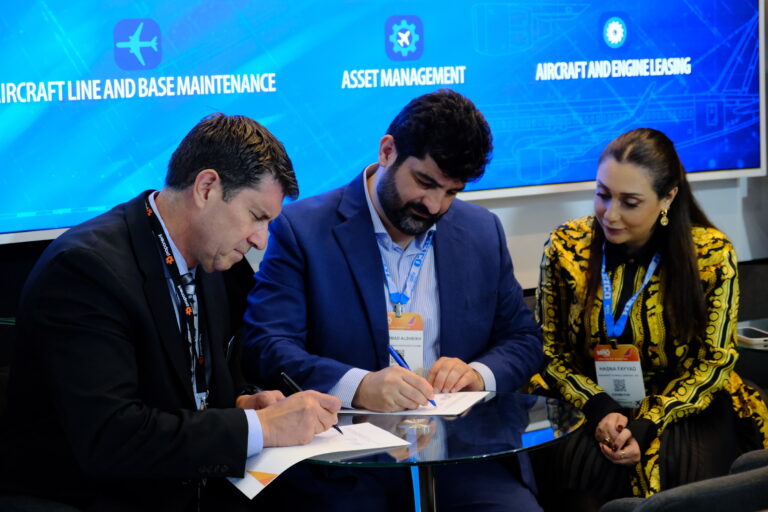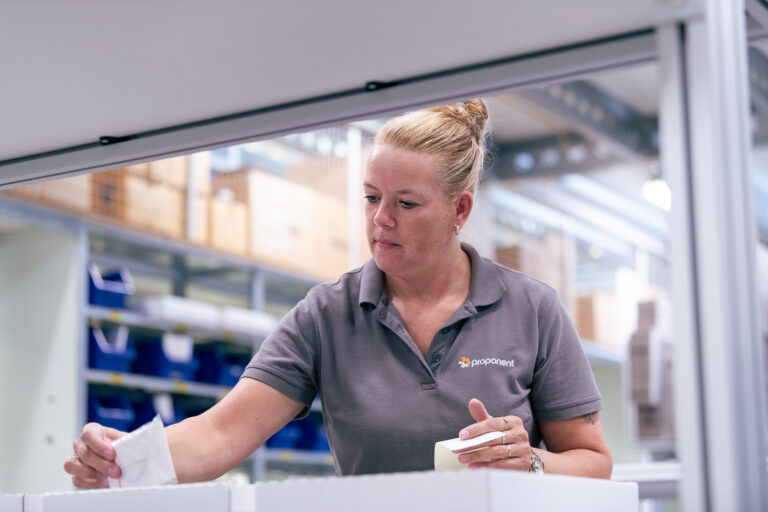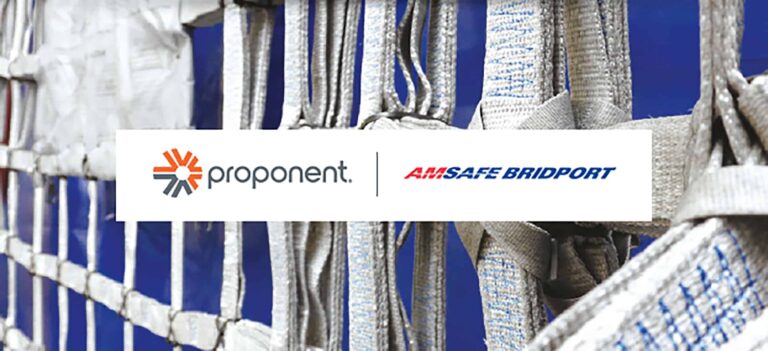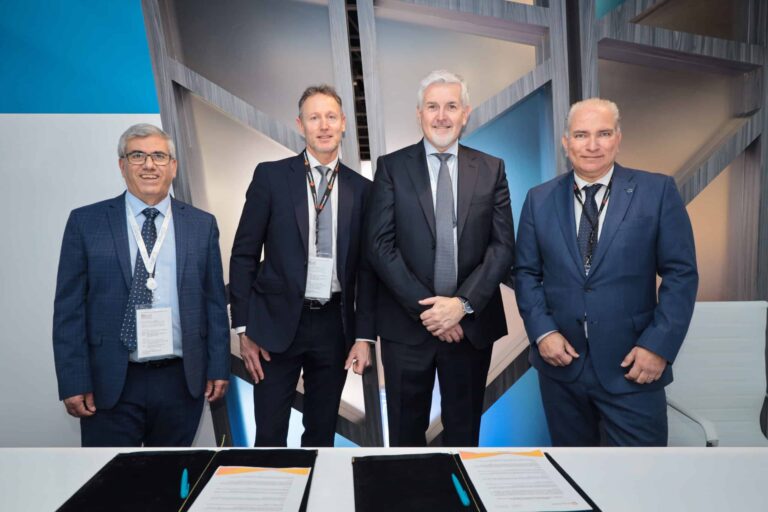For many reasons, aviation is in a constant state of change. From new technologies to expanding global markets, aviation industry professionals are often faced with the unknown. While these fluctuations will always affect aviation, 2017 presents its own unique set of changes predicted to impact aircraft maintenance and related structures.
China Is Taking on Major Aircraft Manufacturers
Earlier this month, Chinese aerospace manufacturer Comac launched a test flight of its C919 jetliner. This historic event marked China’s entry into the aviation industry. While the C919 will still need to be approved by regulations committees across the world, it signifies the interest China has in eventually becoming a major aerospace player. And it is growth such as this occurring throughout the Asian-Pacific region that is spurning more immediate challenges to the demands of aircraft maintenance.
Big Demands (and Shortages) for Aircraft Maintenance Personnel
The MRO personnel shortage is nothing new. Rapid technological advancements to aircraft and aircraft parts, stringent aviation industry regulations and limited training opportunities have left MROs squeezed for qualified employees. According to Manufacturing Business Technology Magazine, it can take up to eight years for aviation maintenance personnel to become fully licensed. And, with growing demand throughout the globe, a projected 600,000 MRO professionals will be needed within the next 20 years. Recruiting efforts and improvements to training and testing availability are necessary to meet this demand. Luckily, one airline is taking action.
Last year, JetBlue began a maintenance apprentice program aimed at training new MROs in the necessary maintenance, overhaul and replacement of aircraft parts. The budget airline company has also begun working with a local New York high school to develop a curriculum surrounding a career in aircraft maintenance. While these programs are in the pilot stages, their success could mean replicable options for other airlines to consider. The future of air transportation could depend on programs like this.
The Internet of Things Is Now a Crucial Aircraft Part
In January, IBM proposed the use of Blockchain in conjunction with the IoT to create a digital footprint available to all involved in aircraft maintenance, manufacturing and performance. As Aviation Today magazine explains, this new technology would “…create a digital ledger shared by airlines, MRO teams and OEMs to record flight events, operations conditions and scheduled maintenance checks.” While the aviation industry has been keen on collecting vast amounts of aircraft data, this technology would put the data instantaneously in the hands of all involved, allowing for a multitude of preemptive maintenance and aerospace innovations.
Though the aviation industry continues to advance, recent events among commercial airlines have demonstrated the importance of ensuring that customer service remains the top priority. As one of the largest distributors of aircraft parts and suppliers, Kapco Global has made sure that customer-centered service is never second. For us, top-level customer service isn’t just a marketing tactic. Instead, all our adopted technology and equipment, like the advanced Kapco kart, are designed to make life simpler for those who rely on us to meet stringent maintenance, repair and overhaul deadlines. Whether it be a plane, helicopter or jet, we’re proud to help get them off the ground and into the sky.
More From the Kapco Global Blog
United Airlines: A Reminder of the True Cost of ‘Operational Excellence’
